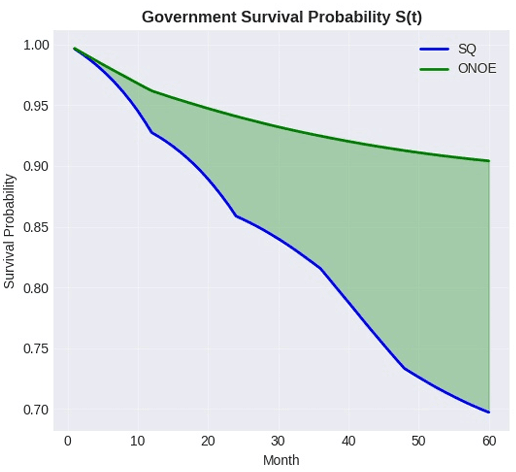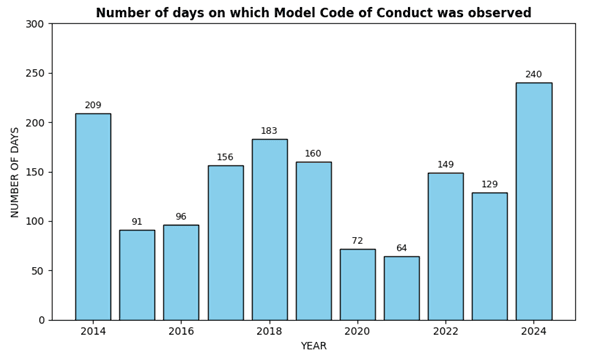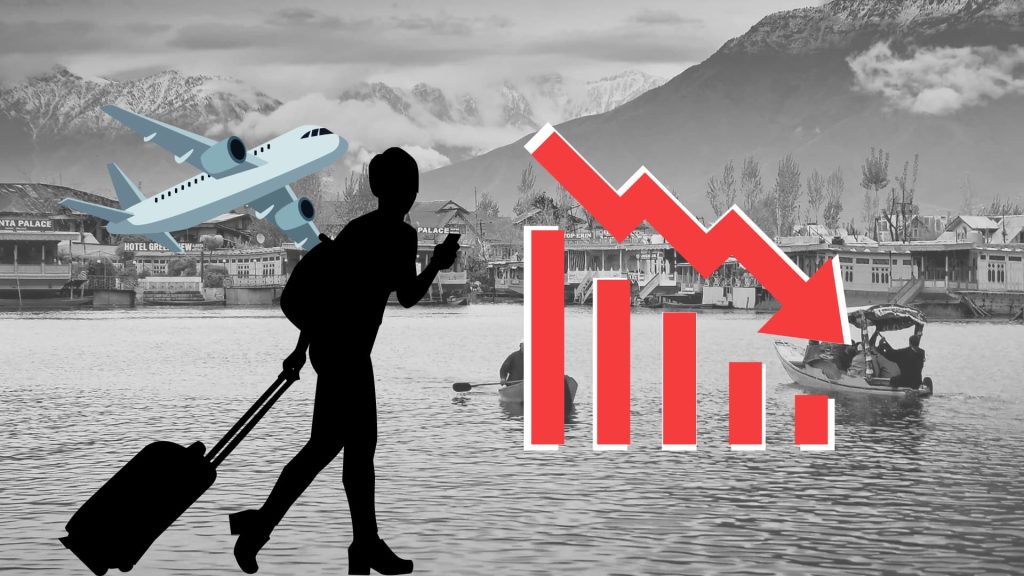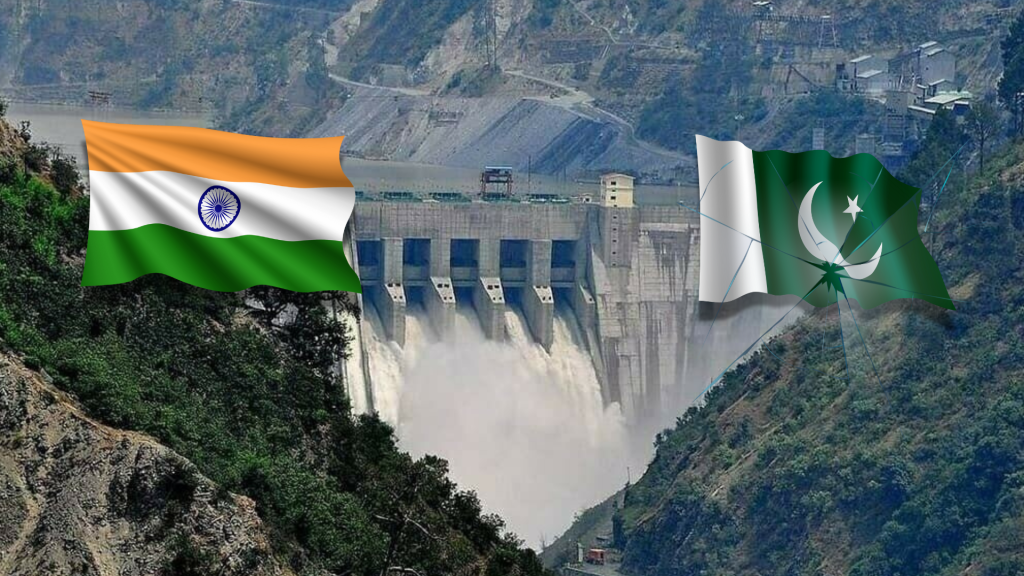1 Executive Summary
This report delivers a critical evaluation of the structural characteristics of India’s staggered election cycle, highlighting how it influences political stability, governance continuity, and both economic and administrative performance. By examining these dynamics, the study assesses the One Nation, One Election (ONOE) proposal as a targeted, evidence-backed reform aimed at addressing the recurring costs, disruptions, and instability associated with the current framework.
Guided by the central research question, How effectively does India’s current electoral framework ensure stability, policy continuity, cost efficiency, and optimal use of human resources? The findings converge on a clear conclusion: the existing fragmented electoral schedule imposes a significant and unsustainable burden on governance, economic performance, and administrative manpower. The ONOE proposal emerges as a structural reform capable of delivering measurable political, economic, administrative, and human resource gains.
To ensure analytical rigor, the study employs:
• A game-theoretic model to evaluate political stability.
• Quantitative assessment of Model Code of Conduct (MCC) enforcement from 2014 2024.
• Historical election expenditure synthesis (1951–2024).
• A bottom-up manpower estimation model based on official Election Commission of India (ECI) data.
The major findings are summarized below.
1.1 Political Instability under the ONOE Modelled with Game Theory
What ONOE changes. Today, a mid-term dissolution can “reset the clock” and grant
a fresh five-year term. Under One Nation, One Election (ONOE) with residual tenure, any mid-term election fills only the time left in the cycle. Removing the reset incentive
makes brinkmanship less attractive and keeps assemblies in place.
What the data show (1989–2024). Using month-by-month records for 277 governments and a conservative game-theory-based model:
• Government collapses fall by about 70%.
• The chance of a government finishing a full term rises from 69.7% to 90.4% (+20.7 percentage points).
• Mid-/late-term election dissolutions become rare; disputes are often settled within the assembly.

What this means. Fewer collapses and more full terms mean fewer mid-term elections, less administrative disruption, and more time to deliver on programs—without changing no-confidence rules. ONOE realigns incentives so governments focus on performance, not survival tactics.

This section on political stability is adapted from: https://zenodo.org/records/17061251
1.2 Administrative Burden: Excessive Manpower Consumption
Under the current staggered system, conducting Lok Sabha and State Assembly elections over a five-year cycle requires an estimated 1.95 billion manpower hours, including voter participation and election deployment activities. In the ONOE model, where Lok Sabha and State Assembly polls are held simultaneously, with a conservative dual-ballot overhead of κ = 0.10, the total requirement falls to 1.44 billion hours. This represents a saving of roughly 511.57 million hours, or about 26.2% of the current workload. This conserved time translates to an economic value of approximately |5,400–|6,100 crore, underscoring the significant macroeconomic benefits of the reform.
1.3 Escalating Financial and Economic Costs
Election-related expenditure in India has grown at an extraordinary pace, increasing from 10.5 crore in 1951 to an estimated |1.35 lakh crore for the 2024 Lok Sabha elections.

While these direct costs are significant, they represent only part of the economic impact. The staggered election cycle also generates substantial hidden losses, stemming from GDP slowdowns, heightened market uncertainty, and disruptions to regular business activity. These indirect costs are estimated at ₹ 2–3 lakh crore in every five-year electoral cycle, making the overall economic burden far greater than the headline figures suggest.
A consolidated financial analysis reveals the scale of the challenge. Under the current system, political parties and candidates collectively spend over ₹ 80,000 crore per cycle, the Election Commission of India bears costs between ₹ 10,000 and ₹ 15,000 crore, and security-related expenditures amount to roughly ₹ 10,000 crore. When combined with the hidden economic costs of ₹ 2–3 lakh crore, the total financial drain on the economy becomes substantial and recurrent.
The One Nation, One Election (ONOE) framework offers a fiscally sound alternative.
While its implementation would require an initial investment of ₹ 17,000–22,000 crore, the system could generate direct cost savings of ₹ 50,000–75,000 crore and prevent hidden losses worth ₹ 2–3 lakh crore per cycle. This translates into a net economic benefit of ₹ 2.5– ₹ 3.75 lakh crore every five years, with full cost recovery within first cycle itself. Such returns make ONOE a governance reform and a financially prudent long-term investment.
1.4 Governance Disruption: MCC-Induced Policy Paralysis
Frequent MCC enforcement fragments governance by halting policy announcements, approvals, and project execution. Between 2014 and 2024, MCC restrictions were in place for 1,549 days, equivalent to more than 4.2 years of administrative standstill in just 11 years. Under the ONOE framework, the MCC period could be reduced to approximately 320 days per decade, a 79% decrease, ensuring more consistent and effective governance.

Political instability, MCC-related governance disruptions, rising election costs, and man
power strain are interconnected outcomes of India’s fragmented electoral calendar. These structural challenges undermine governance continuity, divert resources from development, and place a sustained burden on administrative capacity.
The One Nation, One Election (ONOE) framework offers a direct solution by synchronizing elections, reducing mid-term uncertainty, minimizing administrative standstills, cutting costs, and optimizing manpower use. At the same time, its implementation will require constitutional amendments and careful logistical planning, the long-term gains in political stability, governance efficiency, and economic savings position ONOE as a viable and strategic reform option.
Read our full report here




